Home>Articles>How Much Does It Cost To Remove Raccoons From The Attic
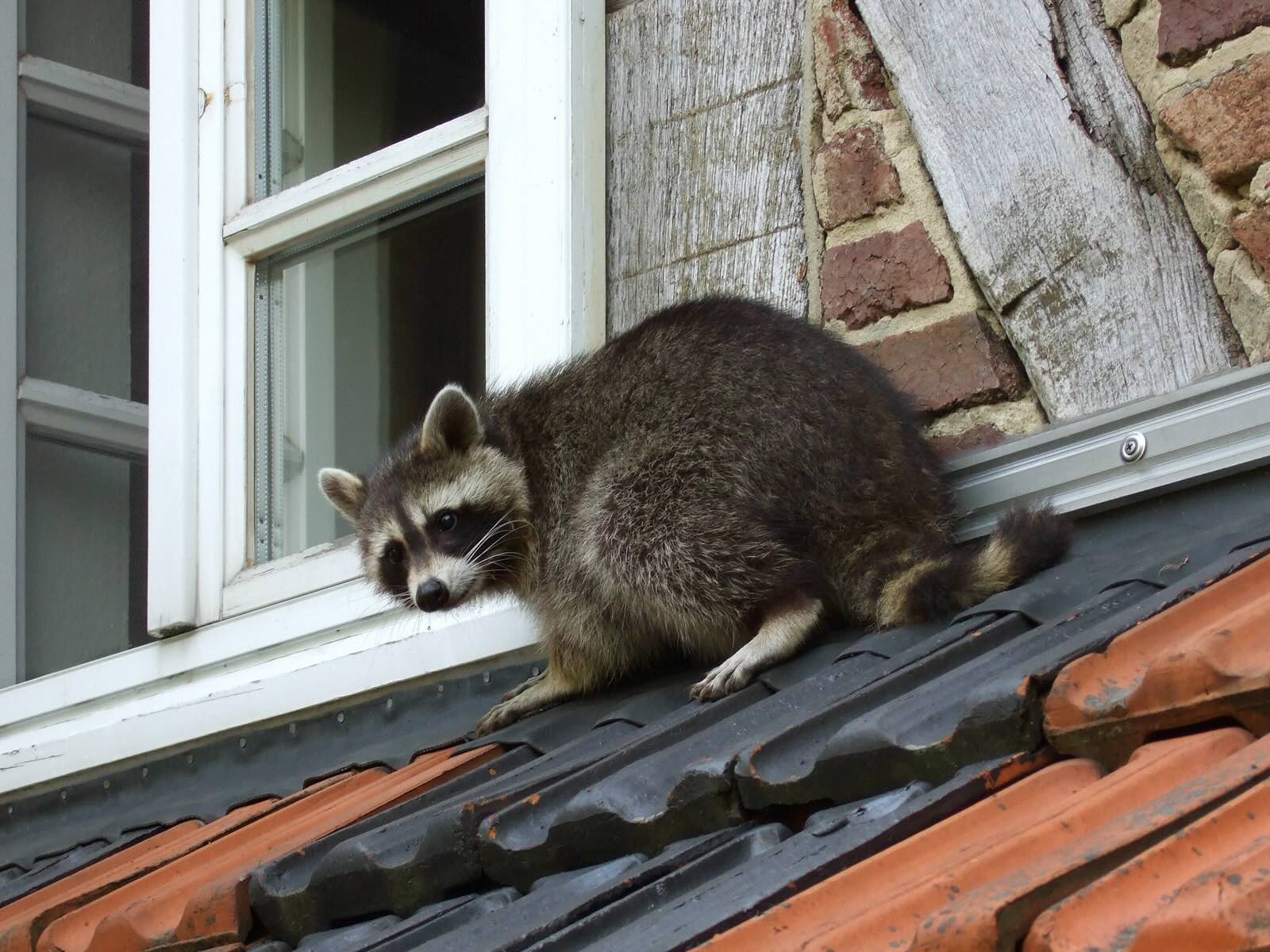

Articles
How Much Does It Cost To Remove Raccoons From The Attic
Modified: December 7, 2023
Find articles on the cost of removing raccoons from your attic and get pricing estimates. Learn about the expenses involved in raccoon removal and prevention.
(Many of the links in this article redirect to a specific reviewed product. Your purchase of these products through affiliate links helps to generate commission for Storables.com, at no extra cost. Learn more)
Introduction
Raccoons are intelligent and resourceful creatures that often find their way into human dwellings, particularly attics. These nocturnal animals are attracted to the warmth and shelter provided by attics, making them a common target for homeowners dealing with unwanted wildlife. However, removing raccoons from attics can be a complex and potentially dangerous task that requires professional expertise.
In this article, we will explore the various factors that influence the cost of raccoon removal from an attic. We will also discuss both do-it-yourself (DIY) methods and professional services available for homeowners facing a raccoon infestation. By having a clearer understanding of the costs involved and the available options, you can make an informed decision on the best course of action to address the raccoon problem in your attic.
Before delving into the specific costs associated with raccoon removal, it is important to assess the severity of the infestation. Examine your attic for signs of raccoon activity, such as droppings, chewed wires, torn insulation, or noises coming from the attic. If you suspect raccoons have taken up residence in your attic, it is crucial to act promptly to minimize potential damage and health risks.
Now let’s explore the factors that can affect the overall cost of raccoon removal.
Key Takeaways:
- Raccoon removal costs vary based on infestation severity, attic accessibility, repairs, and location. DIY methods can work for small infestations, but professional services offer expertise, safety, and comprehensive solutions.
- Prevent raccoon infestations by securing access points, removing food sources, and implementing deterrents. Professional raccoon removal is recommended for safety, efficiency, and long-term prevention.
Assessing the Raccoon Infestation
Before determining the cost of raccoon removal, it is important to assess the severity of the infestation. This will help determine the appropriate steps needed to remove the raccoons from your attic. Here are some key factors to consider:
1. Signs of Infestation: Look for physical evidence of raccoon activity in your attic, such as paw prints, nesting materials, urine stains, or feces. Additionally, listen for scratching, scurrying, or vocal noises coming from your attic, especially at night when raccoons are most active. 2. Number of Raccoons: The number of raccoons inhabiting your attic can impact the complexity of the removal process. A single raccoon may be relatively easier to remove compared to a larger family or a group of raccoons. 3. Entry Points: Identify how the raccoons gained entry into your attic. Inspect your roof, vents, chimney, and any other potential openings where raccoons can access your home. The more entry points there are, the more thorough the exclusion process may be. 4. Damage Assessment: Determine the extent of damage caused by the raccoons in your attic. Raccoons can cause significant damage to wiring, insulation, structural components, and even personal belongings. Assessing the damage will help in determining the necessary repairs and cleanup. 5. Health Risks: Raccoons can carry diseases such as rabies, roundworm, and leptospirosis. If you suspect raccoon activity in your attic, it is important to consider the potential health risks for you and your family. Keep in mind that removing raccoons without proper precautions can put you at risk of exposure to these diseases.
Once you have assessed the severity of the infestation and considered these factors, you will have a better understanding of the overall cost and necessary steps to remove the raccoons from your attic. For more complex infestations or if you are unsure about the extent of the problem, it is recommended to seek professional assistance in raccoon removal.
Factors Affecting the Cost of Raccoon Removal
Several factors can influence the cost of raccoon removal from an attic. Understanding these factors will help you estimate the potential expenses involved. Here are the key factors that can affect the cost:
1. Severity of the Infestation: The severity of the raccoon infestation plays a significant role in determining the cost. If the infestation is minimal, with only one or two raccoons present, the removal process may be simpler and require less time and effort. However, if the infestation is extensive or involves multiple raccoons, additional measures and resources may be needed, resulting in a higher cost. 2. Accessibility of the Attic: The accessibility of your attic can impact the cost of raccoon removal. If your attic is easily accessible with proper crawl space or attic entry points, it may minimize the effort required to trap and remove the raccoons. However, if access is limited or difficult, it may require additional equipment or labor, leading to increased costs. 3. Repairs and Cleanup: Raccoons can cause extensive damage to your attic, including insulation, wiring, and structural components. The cost of raccoon removal may include repairs and cleanup after the raccoons have been removed. The extent of the damage will determine the level of repairs required and, subsequently, the cost involved. 4. Exclusion Measures: To prevent future raccoon infestations, it is essential to implement exclusion measures. These measures involve sealing off entry points and fortifying vulnerable areas to prevent raccoons from reentering your attic. The complexity of these exclusion measures will influence the cost of raccoon removal, as more extensive work may be required for a thorough exclusion process. 5. Geographic Location: The geographical location of your property can impact the cost as well. The cost of living, local regulations, and the availability of professional services can vary across different regions. Larger cities or areas with high demand for raccoon removal services may have higher costs compared to rural areas.
It is crucial to discuss these factors with a professional raccoon removal service to obtain an accurate estimate of the cost involved. By considering these factors, you can make an informed decision and prepare financially for raccoon removal from your attic.
DIY Methods for Raccoon Removal
If you are comfortable with handling raccoon removal on your own, there are a few DIY methods you can try. These methods can be effective for smaller infestations or if you want to attempt to remove raccoons before seeking professional assistance. However, it is important to note that raccoon removal can be dangerous, and it is always recommended to prioritize your safety. Here are some DIY methods for raccoon removal:
1. Seal Entry Points: Identify and seal off any entry points that raccoons are using to access your attic. Inspect your roof, vents, chimneys, and any other potential openings. Use materials such as steel mesh or hardware cloth to cover these openings, ensuring they cannot be easily breached by raccoons. 2. Install Bright Lights and Loud Noises: Raccoons are nocturnal animals and prefer dark and quiet spaces. By installing bright lights and playing loud music or using a radio in your attic, you can create an uncomfortable environment for the raccoons, encouraging them to leave on their own. 3. Use Repellents: There are commercial repellents available that are designed to deter raccoons. These repellents often have strong odors, such as predator urine or ammonia, that act as deterrents for raccoons. Follow the instructions carefully and apply the repellents in areas where raccoons are likely to enter or nest. 4. Use Traps: Live traps can be used to capture raccoons for removal. Place the traps in areas where raccoons are frequenting, such as near entry points or in their nesting areas. Bait the traps with food that raccoons are attracted to, such as canned fish or sweet fruits. Once trapped, contact your local animal control or wildlife agency for guidance on releasing the raccoon. 5. Clean and Decontaminate: After the raccoons have been removed, it is important to thoroughly clean and decontaminate your attic. Raccoons can leave behind feces, urine, and parasites that pose health risks. Wear protective gear, such as gloves and a mask, and use a disinfectant to clean all affected areas. Replace damaged insulation and repair any structural damage caused by the raccoons.
While these DIY methods can be effective in some cases, it is crucial to weigh the risks and limitations. Raccoon removal can be a complex and potentially dangerous task, especially in larger or more challenging infestations. It is always recommended to consult with a professional raccoon removal service to ensure the safe and effective removal of raccoons from your attic.
Professional Raccoon Removal Services
When it comes to dealing with raccoon infestations in your attic, seeking professional assistance is often the safest and most effective option. Professional raccoon removal services have the expertise, experience, and specialized equipment necessary to handle raccoon removal efficiently and ensure the safety of both you and the raccoons. Here are some reasons why hiring a professional raccoon removal service is beneficial:
1. Expertise and Experience: Professional raccoon removal services have trained technicians who are knowledgeable about raccoon behavior, biology, and effective removal techniques. They are experienced in handling various types of infestations and can assess the situation thoroughly to determine the most suitable removal method. 2. Humane Removal Practices: Professional raccoon removal services prioritize the use of humane and ethical methods. They understand the importance of treating wildlife with respect and aim to relocate raccoons to their natural habitats, away from human dwellings, whenever possible. This ensures the well-being of the raccoons and minimizes harm to the animals. 3. Safety Precautions: Raccoons can be aggressive and carry diseases such as rabies, making their removal a potentially dangerous task. Professional raccoon removal services have the necessary safety equipment and protocols to protect themselves and prevent the spread of infectious diseases. They also adhere to local regulations and guidelines to ensure a safe and compliant removal process. 4. Comprehensive Approach: Professional raccoon removal services not only remove the raccoons from your attic but also address the underlying issues that led to the infestation. They can identify and seal off potential entry points, provide recommendations for attic repair and cleanup, and offer preventive measures to minimize the likelihood of future infestations. 5. Time and Cost Efficiency: While there may be a cost associated with professional raccoon removal, it can ultimately save you time and money in the long run. Professionals have the knowledge and tools to handle the removal process efficiently, minimizing the time and effort required. They can also help prevent further damage to your property, which could be more costly to repair if left unaddressed.
When hiring a professional raccoon removal service, ensure that they are licensed, insured, and reputable. Request estimates from multiple companies and inquire about their removal methods, guarantees, and follow-up services. This will help you choose the service that best suits your needs and ensures a successful raccoon removal from your attic.
Tip: The cost to remove raccoons from an attic can vary depending on the extent of the infestation and the methods used. It’s best to get quotes from multiple wildlife removal services and ensure they offer humane removal and prevention of future intrusions.
Average Cost of Raccoon Removal
The cost of raccoon removal from your attic can vary depending on several factors, including the severity of the infestation, the location of your property, and the extent of repairs and cleanup required. While it is challenging to provide an exact figure, we can provide you with a rough estimate of the average cost range for raccoon removal:
The cost of professional raccoon removal services typically starts at around $300 and can go up to $1,500 or more. This range includes the assessment of the infestation, trapping and removal of the raccoons, exclusion measures to prevent future entry, and basic repairs and cleanup.
The cost can increase if you have a more severe infestation or multiple raccoons in your attic. Additional factors that can impact the cost include the accessibility of your attic, the extent of damage caused by the raccoons, and the complexity of exclusion measures required. If repairs or significant cleanup are needed, the cost may be higher as well.
It is important to note that the average cost provided is just a rough estimate and can vary based on your specific circumstances and the particular services offered by the professional raccoon removal company. It is advisable to contact multiple companies and request detailed quotes to get a more accurate understanding of the cost for your situation.
When comparing quotes from different companies, consider the reputation, experience, and guarantees offered by each provider. Selecting a reputable and experienced company, even if it comes at a slightly higher cost, can ensure high-quality services and a more successful raccoon removal process.
Remember that raccoon removal is not a task to be taken lightly. It involves the expertise and equipment of professionals who prioritize the safety of both humans and raccoons. Investing in professional raccoon removal services can save you potential health risks, property damage, and future infestations, making it a worthwhile expense.
Additional Costs to Consider
When budgeting for raccoon removal from your attic, it is important to consider additional costs that may arise throughout the process. These costs can vary depending on your specific situation and the services required. Here are some potential additional costs to consider:
1. Repairs and Restoration: Raccoons can cause damage to your attic, including insulation, wiring, and structural components. The extent of the damage will determine the cost of repairs and restoration. It is essential to assess the damage and factor in the cost of materials and labor required to restore your attic to its pre-infestation condition. 2. Cleanup and Sanitization: Raccoon droppings and urine can pose health risks due to the presence of bacteria and parasites. Cleaning and sanitizing your attic after raccoon removal is crucial to ensure a healthy living environment. Consider the cost of hiring professionals who specialize in attic cleanup and sanitization to properly eliminate any potential health hazards. 3. Exclusion Measures: Preventing future raccoon infestations is crucial to maintaining a raccoon-free attic. Exclusion measures involve sealing off entry points and fortifying vulnerable areas to prevent raccoons from reentering. The cost of materials and labor for implementing these exclusion measures should be taken into account. 4. Attic Insulation Replacement: Raccoons can damage or contaminate insulation in your attic, reducing its effectiveness. Depending on the extent of the damage, you may need to replace the insulation to ensure proper insulation and energy efficiency. The cost of insulation replacement should be considered if your attic insulation has been compromised. 5. Follow-Up Services: In some cases, follow-up services may be necessary to ensure the success of raccoon removal. This could include periodic inspections, further exclusion measures, or additional trapping and removal if there are recurring raccoon issues. Discuss the availability and costs of follow-up services with the professional raccoon removal company.
These additional costs should be factored into your budget to ensure that you are prepared to cover all the necessary expenses associated with raccoon removal from your attic. It is recommended to consult with the professional raccoon removal service to get a comprehensive understanding of the potential additional costs specific to your situation.
Tips for Preventing Raccoon Infestations
Prevention is key when it comes to avoiding raccoon infestations in your attic. By taking proactive measures, you can significantly reduce the chances of raccoons seeking shelter in your home. Here are some effective tips for preventing raccoon infestations:
1. Secure Attic Access Points: Thoroughly inspect your roof, vents, chimney, and any other potential entry points, and ensure they are secured. Use materials such as steel mesh or hardware cloth to cover openings and prevent raccoons from gaining entry to your attic. 2. Trim Tree Branches: Trim tree branches that are close to your home and could provide easy access to your roof or attic. Raccoons are excellent climbers, so eliminating nearby branches reduces the likelihood of them gaining entry to your attic. 3. Secure Garbage Bins: Raccoons are attracted to easily accessible food sources, including garbage. Secure your garbage bins with tight-fitting lids or keep them in a secured area to prevent raccoons from raiding them. 4. Remove Outdoor Food Sources: Keep pet food and bird feeders indoors or in sealed containers overnight. Raccoons are opportunistic feeders, and removing outdoor food sources can reduce their attraction to your property. 5. Install Motion-Activated Lights and Sprinklers: Raccoons prefer dark and quiet areas, so installing motion-activated lights or sprinklers around your property can deter them. The sudden activation of lights or a burst of water can startle and discourage raccoons from approaching. 6. Remove Potential Shelter and Nesting Sites: Remove any debris, clutter, or piles of wood that could provide shelter or nesting sites for raccoons. Keeping your property clean and tidy reduces the appeal for raccoons to take up residence. 7. Use Raccoon-Proof Fencing: If you have a garden or backyard, consider installing raccoon-proof fencing to prevent them from entering and causing damage. Ensure that the fence is sturdy and extends below ground level to deter them from digging underneath. 8. Educate Your Neighbors: Raccoons are clever and adaptable creatures, and preventative measures are most effective when implemented collectively. Share tips with your neighbors to ensure a community-wide effort in preventing raccoon infestations.
By implementing these preventive measures, you can greatly minimize the risk of raccoon infestations in your attic. However, if you do encounter a raccoon problem, it is recommended to seek professional raccoon removal services to address the issue safely and effectively.
Conclusion
Dealing with raccoon infestations in your attic can be a daunting task, but with the right knowledge and approach, you can effectively remove these unwanted visitors from your home. Throughout this article, we have discussed various aspects of raccoon removal, including assessing the infestation, factors affecting the cost, DIY methods, professional services, average costs, additional considerations, and prevention tips.
While DIY methods can be attempted for smaller infestations, it is important to prioritize your safety and consider the potential risks involved. Seeking professional raccoon removal services is strongly recommended, as they possess the expertise and resources to handle raccoon removal safely, efficiently, and in a humane manner.
When estimating the cost of raccoon removal, it is crucial to consider factors such as the severity of the infestation, repairs and cleanup, exclusion measures, and your geographical location. Additionally, it’s important to be aware of potential additional costs that may arise, including repairs, restoration, cleanup, and attic insulation replacement.
Prevention is key to avoiding raccoon infestations in the first place. By securing access points, eliminating food sources, and making your property less attractive to raccoons, you can significantly reduce the chances of them taking up residence in your attic.
In conclusion, raccoon removal requires careful consideration, proper planning, and, in many cases, professional assistance. By following the tips and information provided in this article, you can effectively navigate the process of raccoon removal, minimize costs, and maintain a raccoon-free attic.
Remember, if you find yourself dealing with a raccoon infestation, it is always best to consult with a professional raccoon removal service to ensure the safe and efficient removal of these creatures from your home.
Frequently Asked Questions about How Much Does It Cost To Remove Raccoons From The Attic
Was this page helpful?
At Storables.com, we guarantee accurate and reliable information. Our content, validated by Expert Board Contributors, is crafted following stringent Editorial Policies. We're committed to providing you with well-researched, expert-backed insights for all your informational needs.
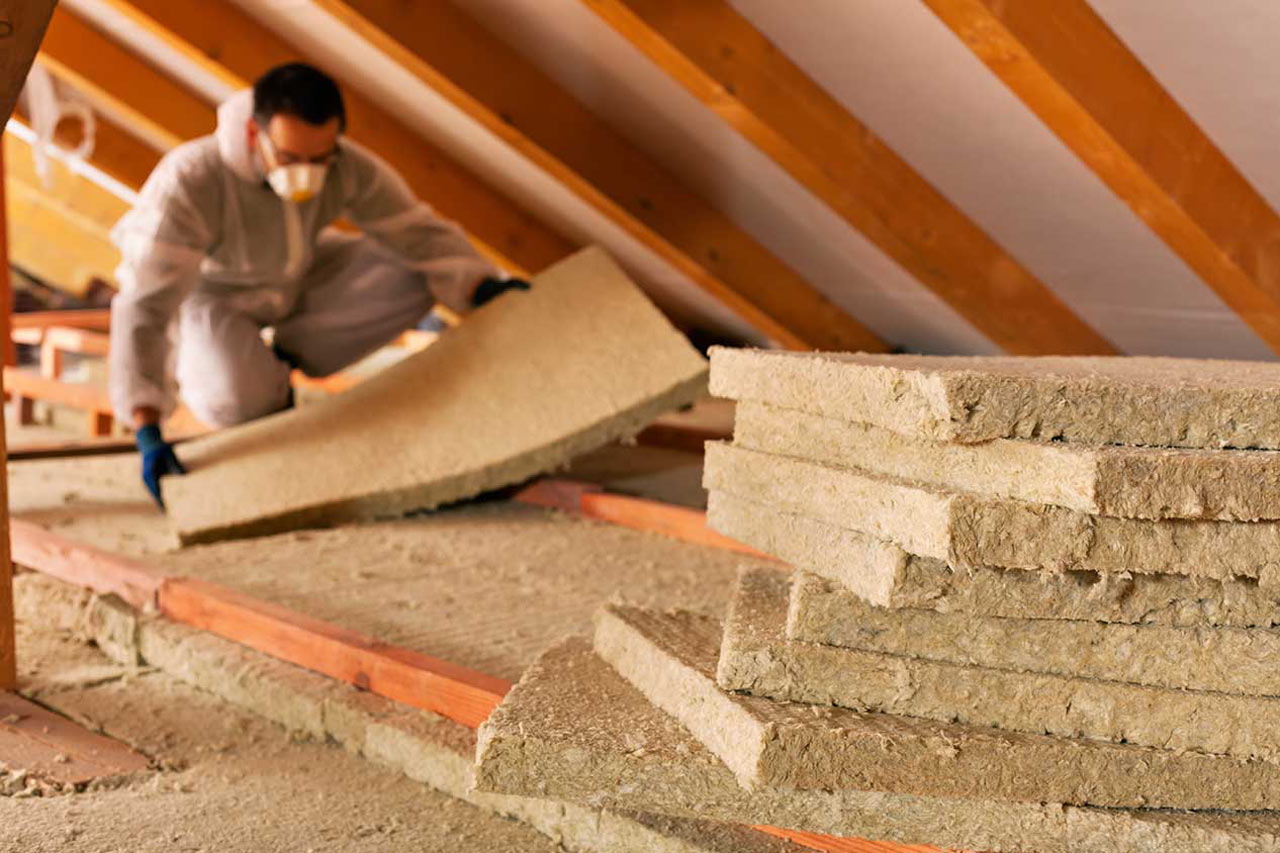
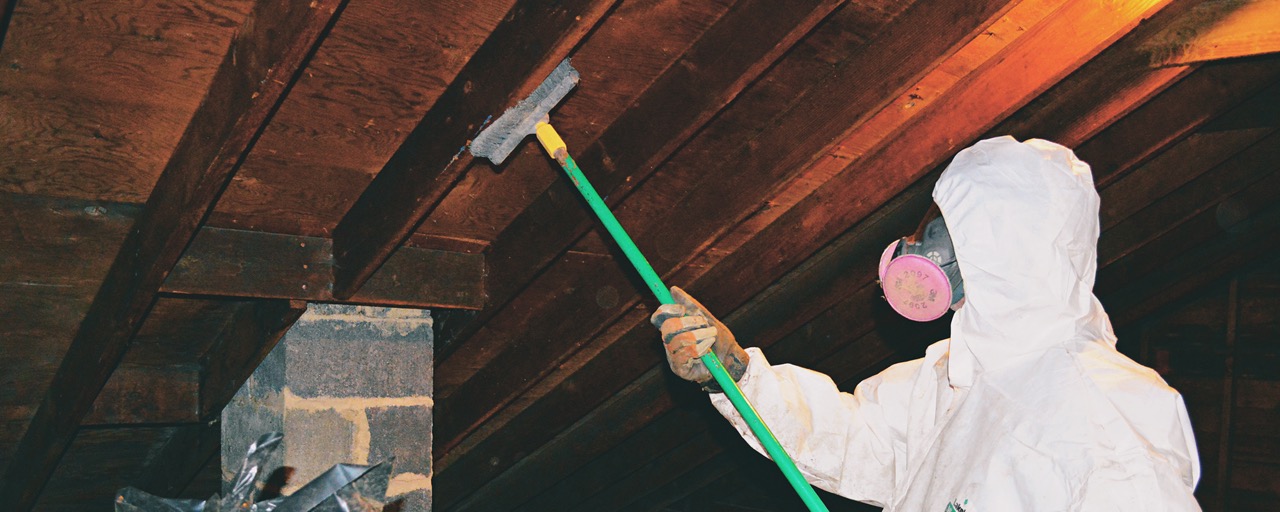
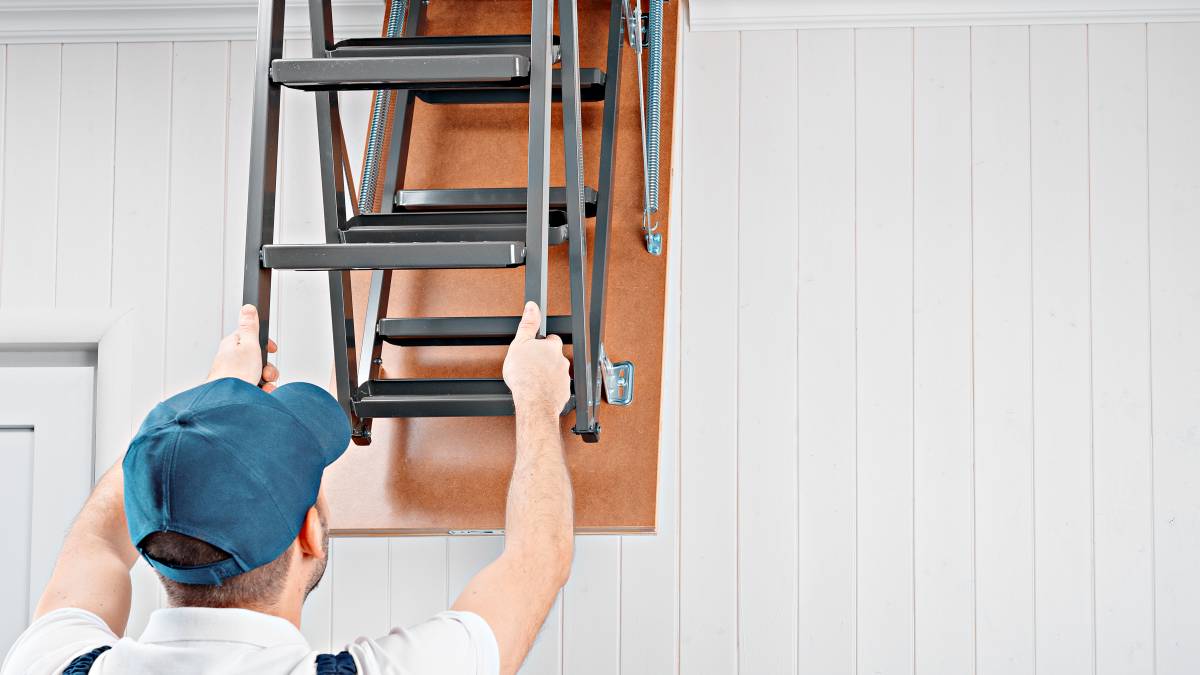
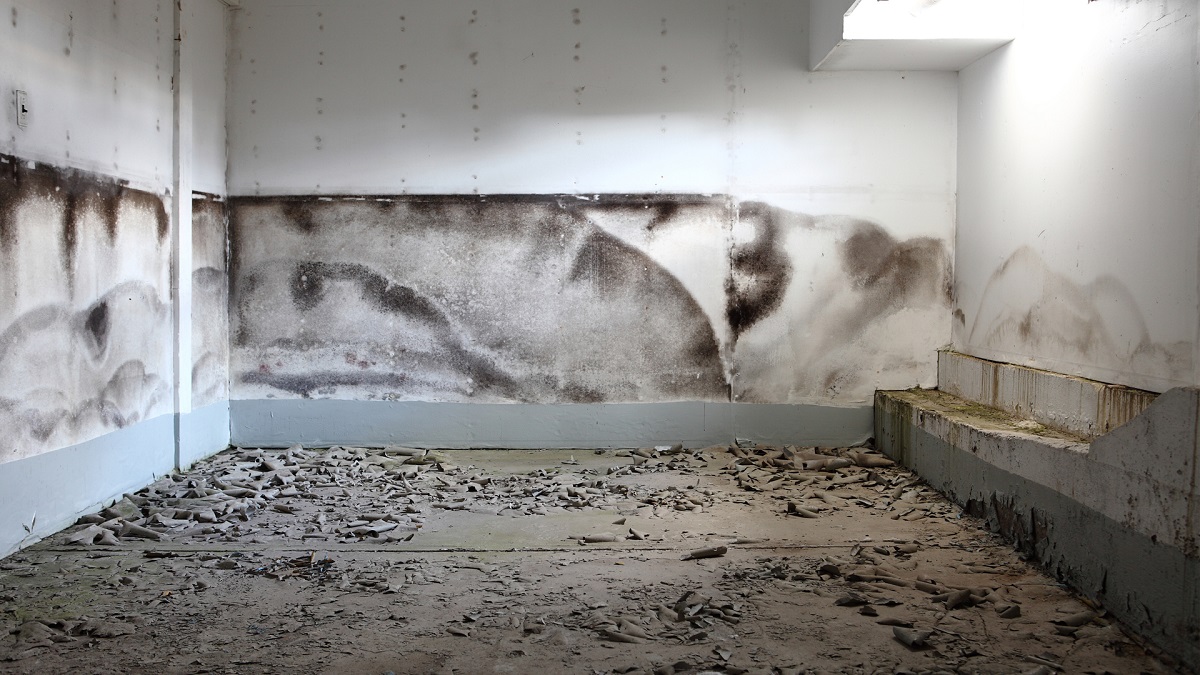
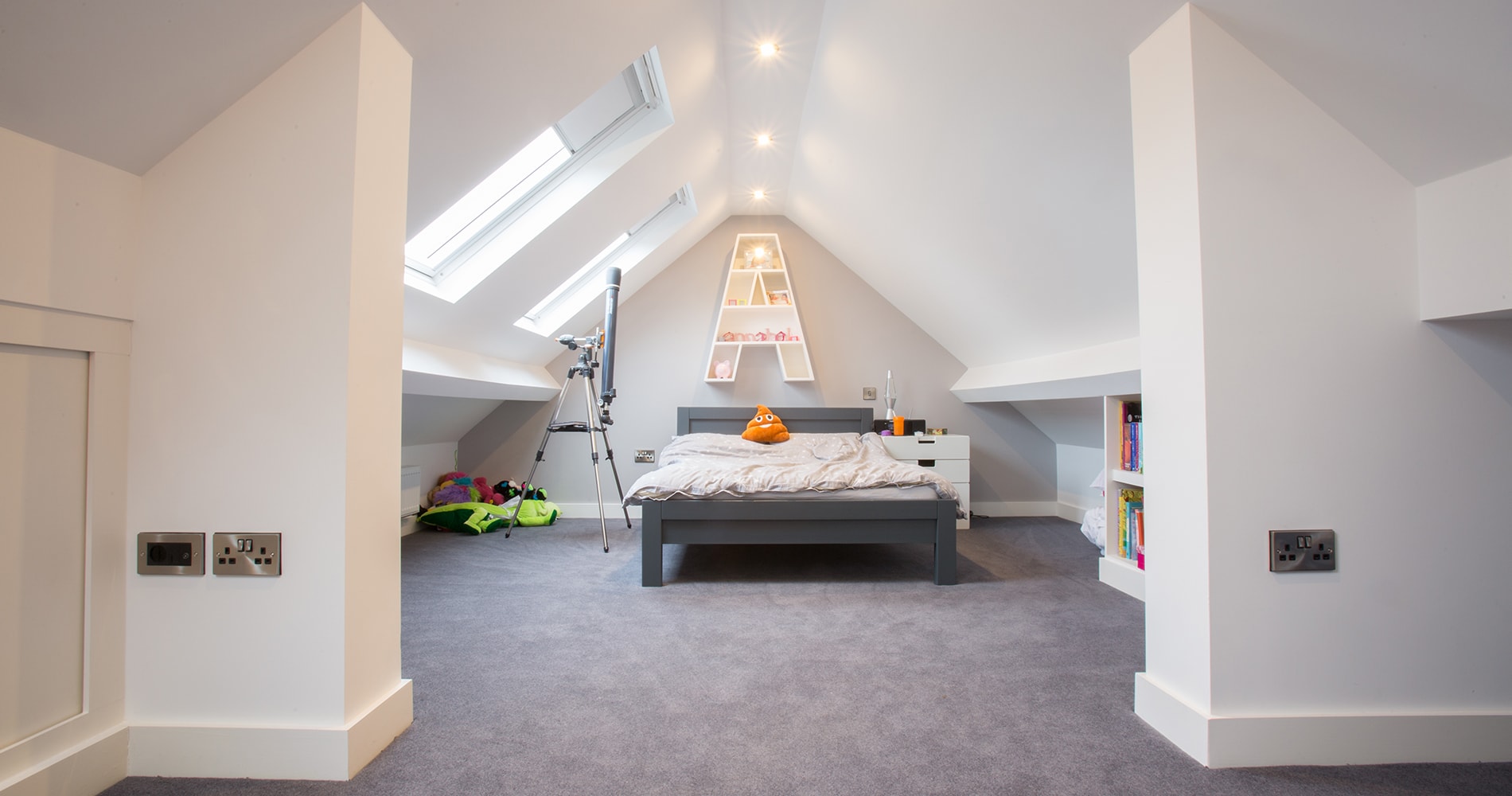
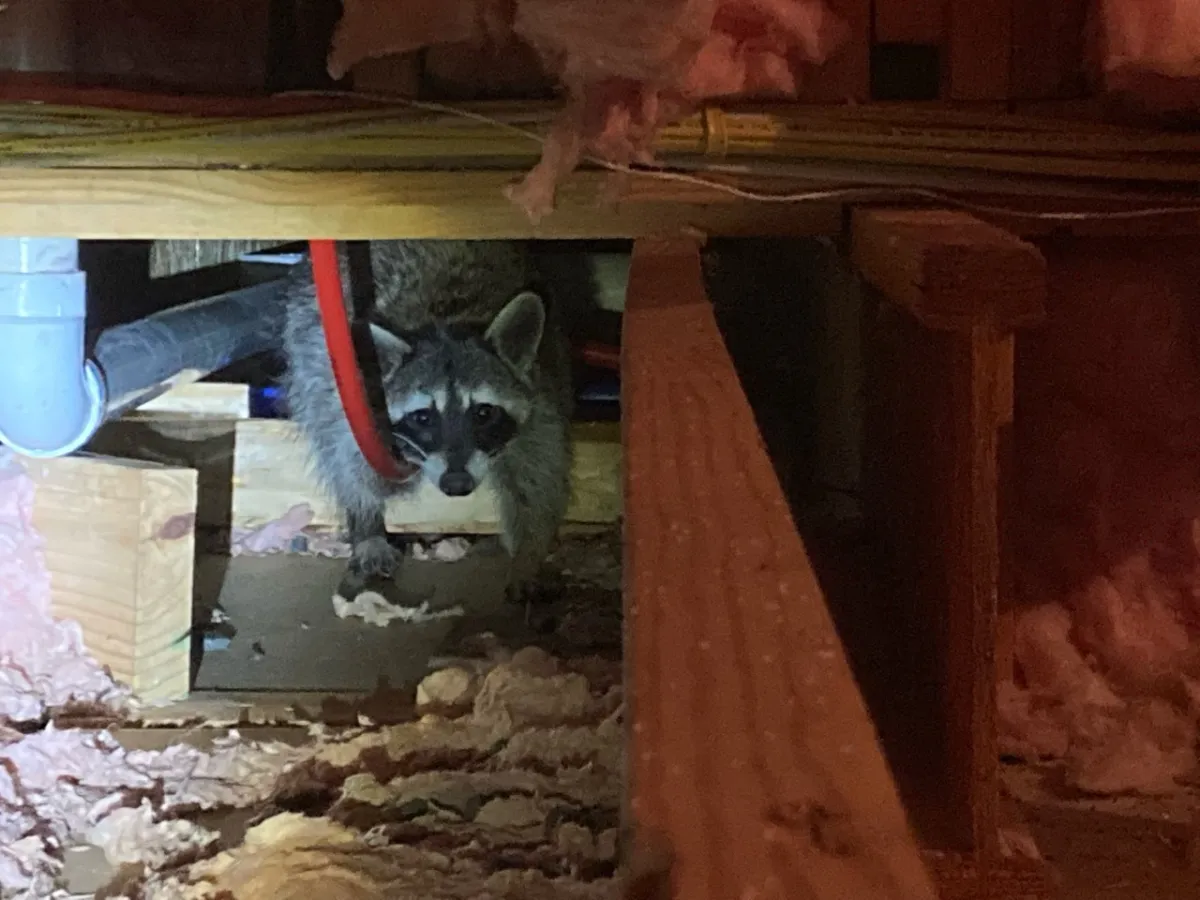
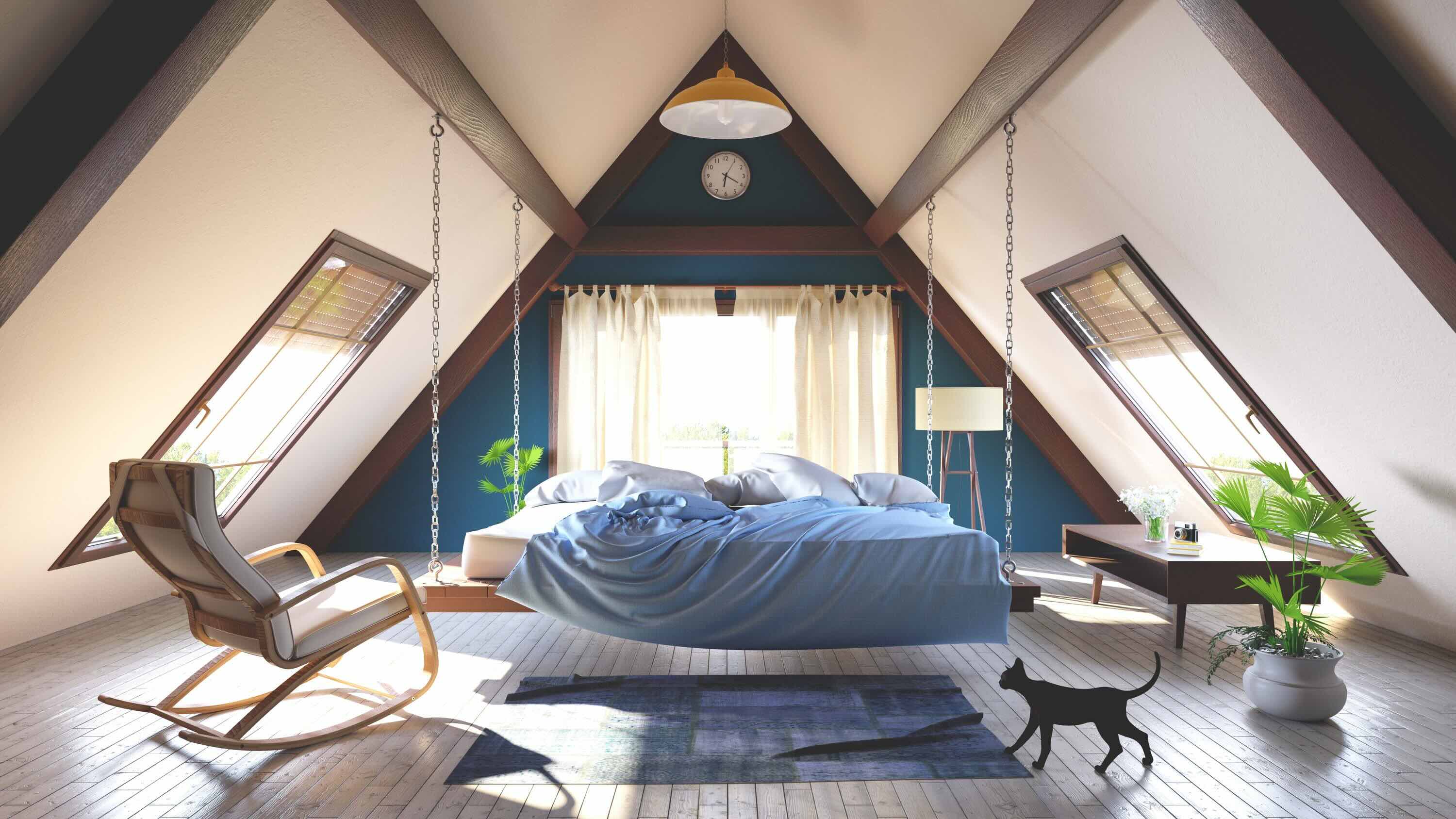
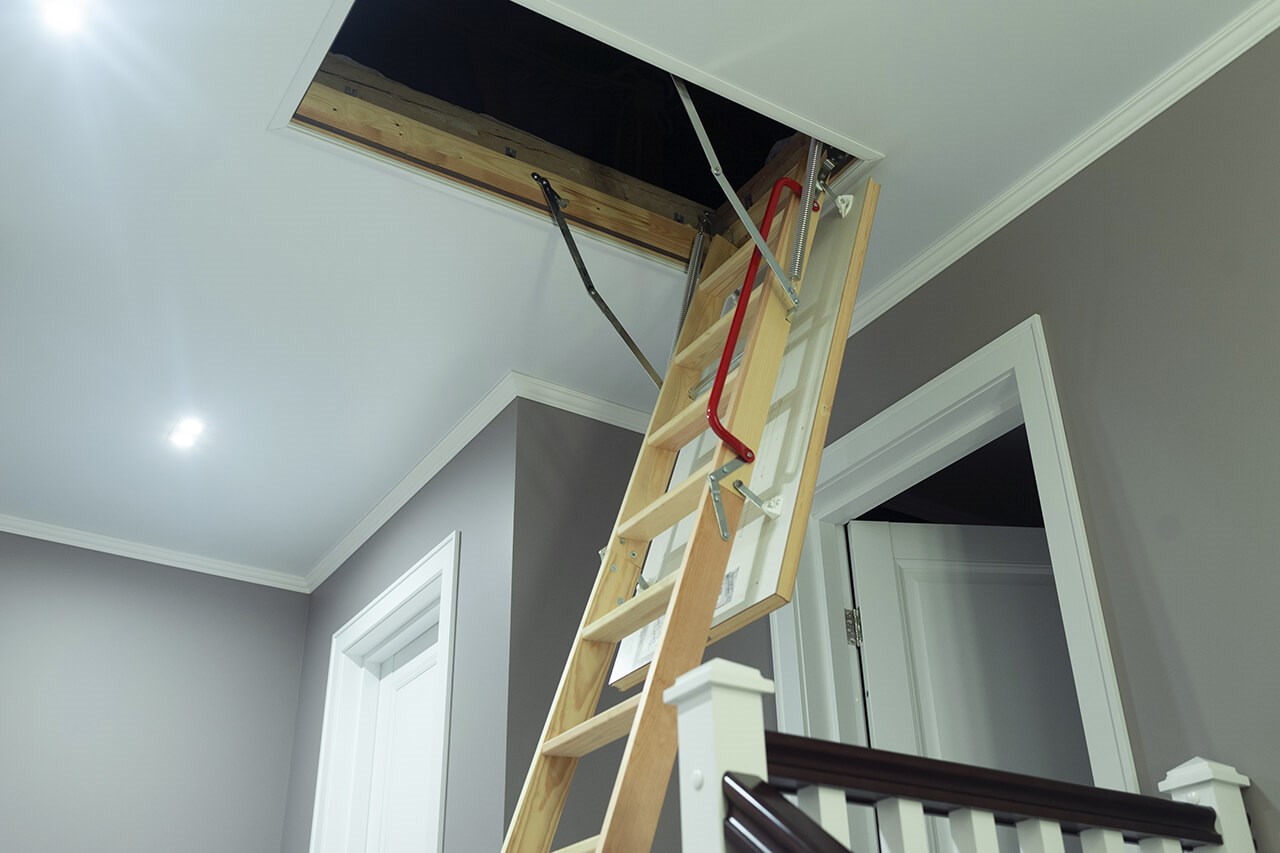
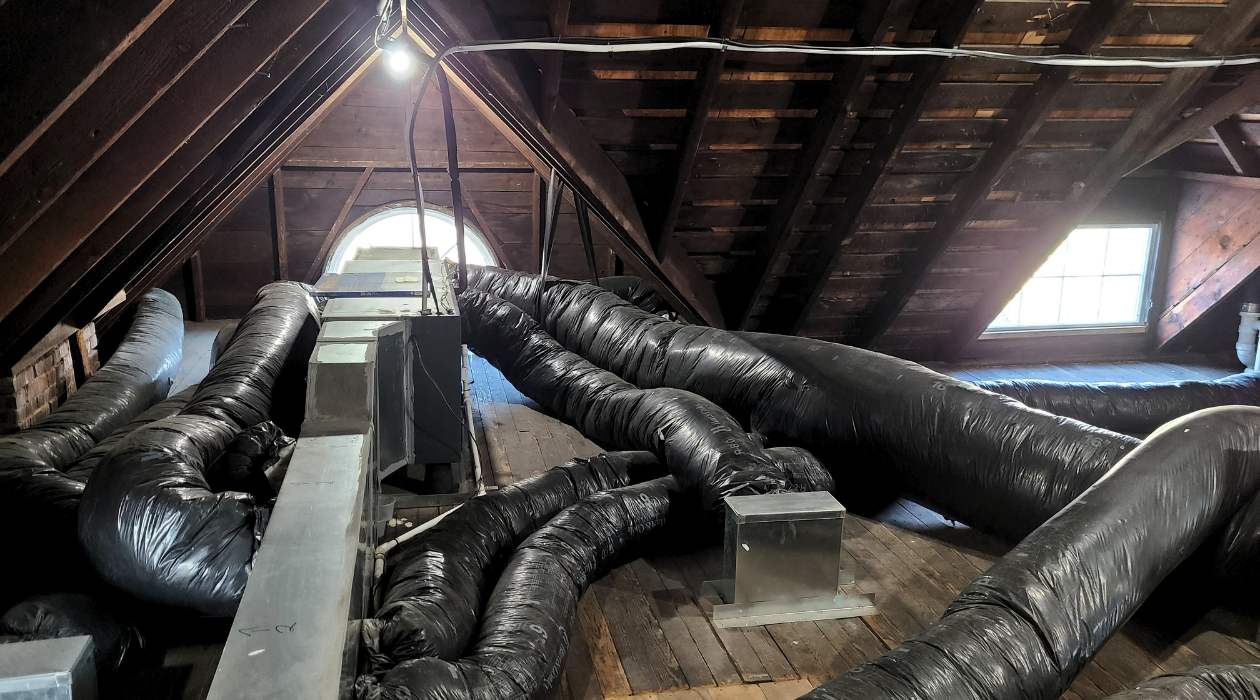
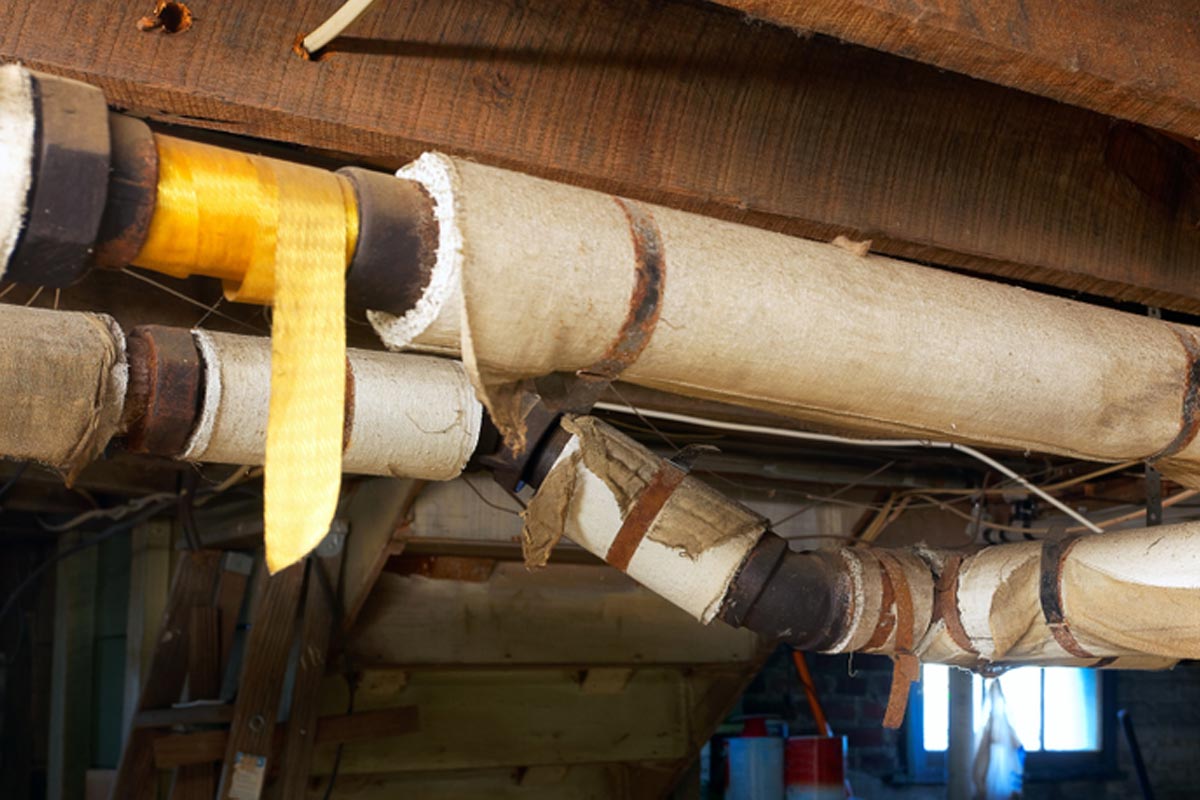
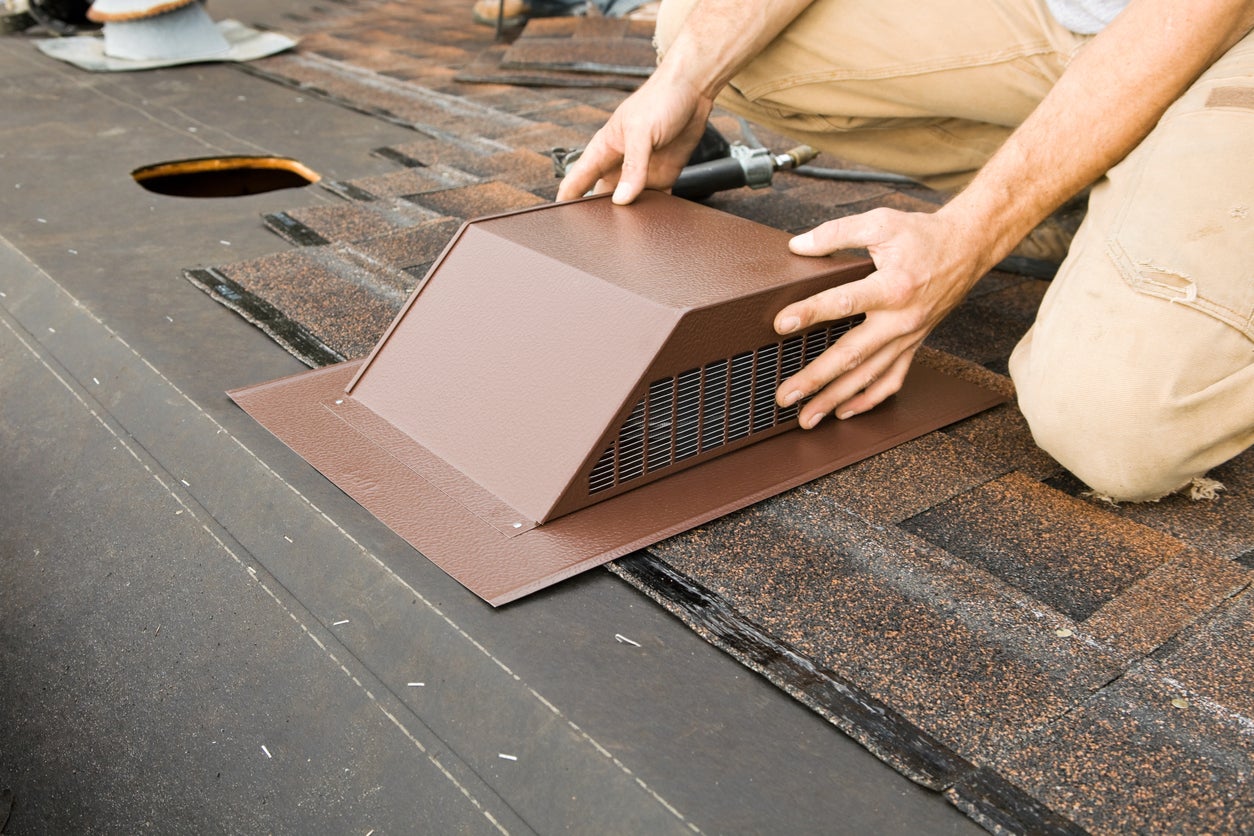
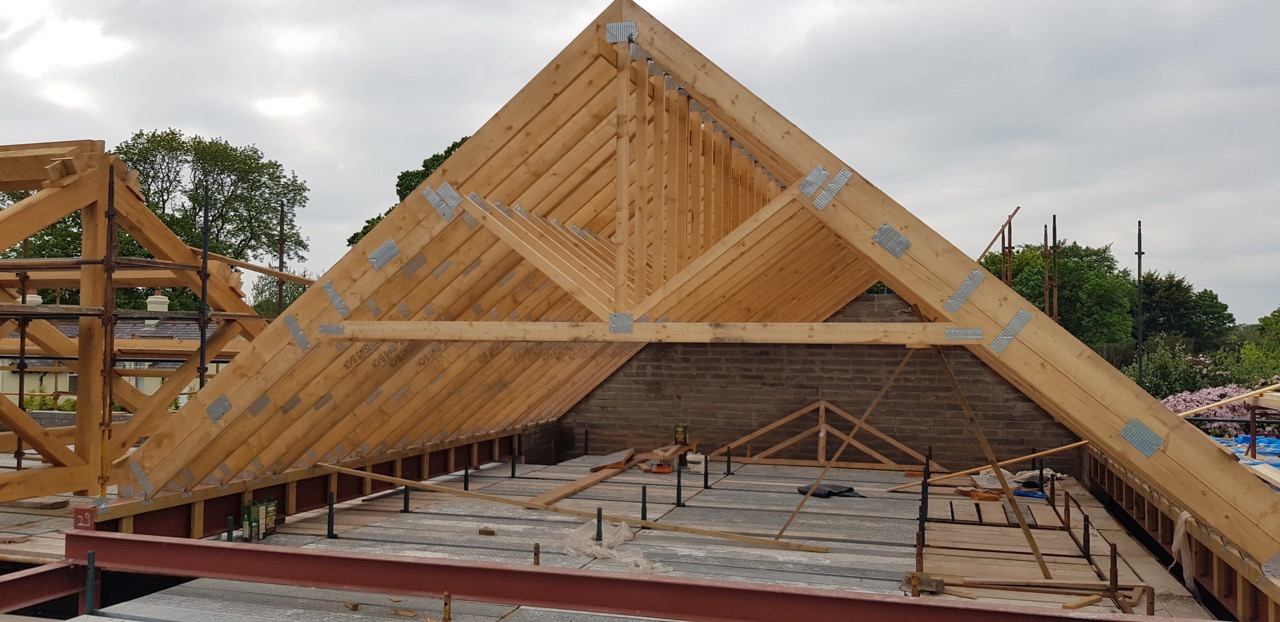
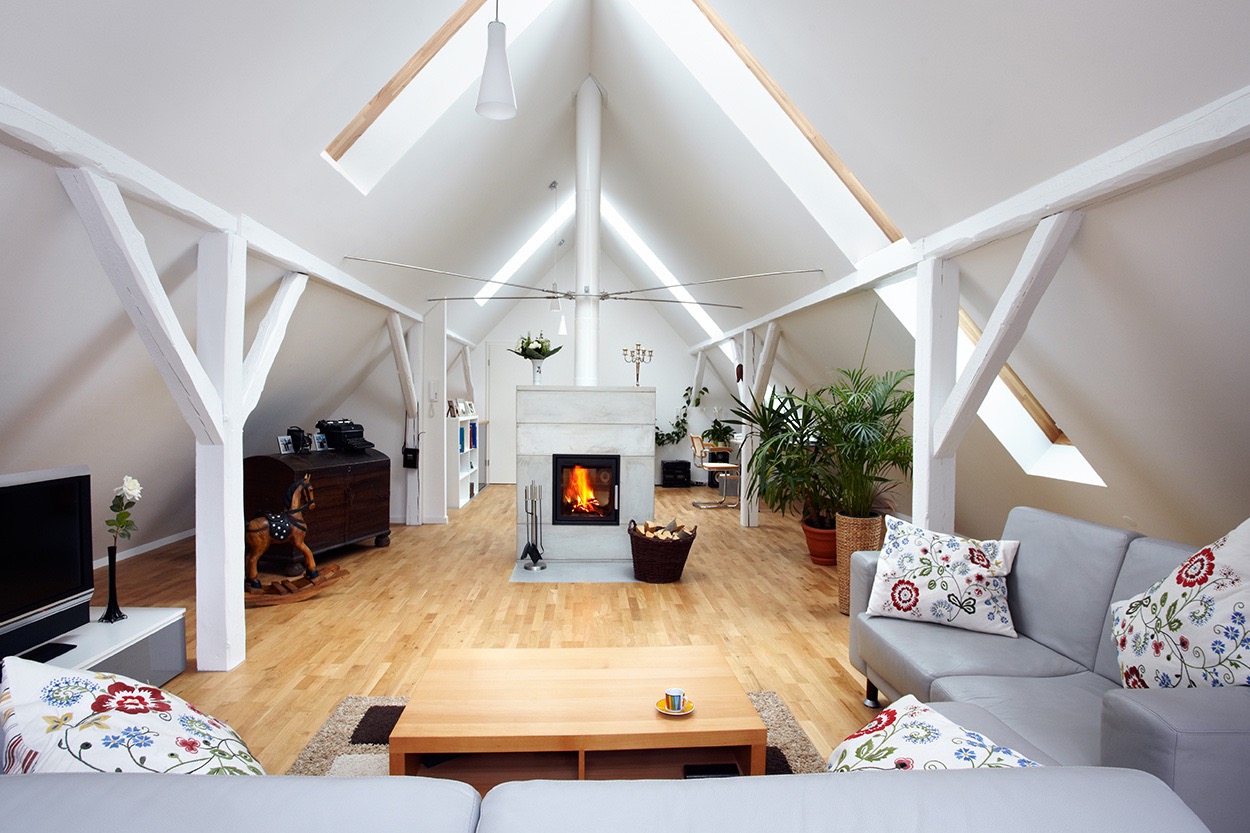
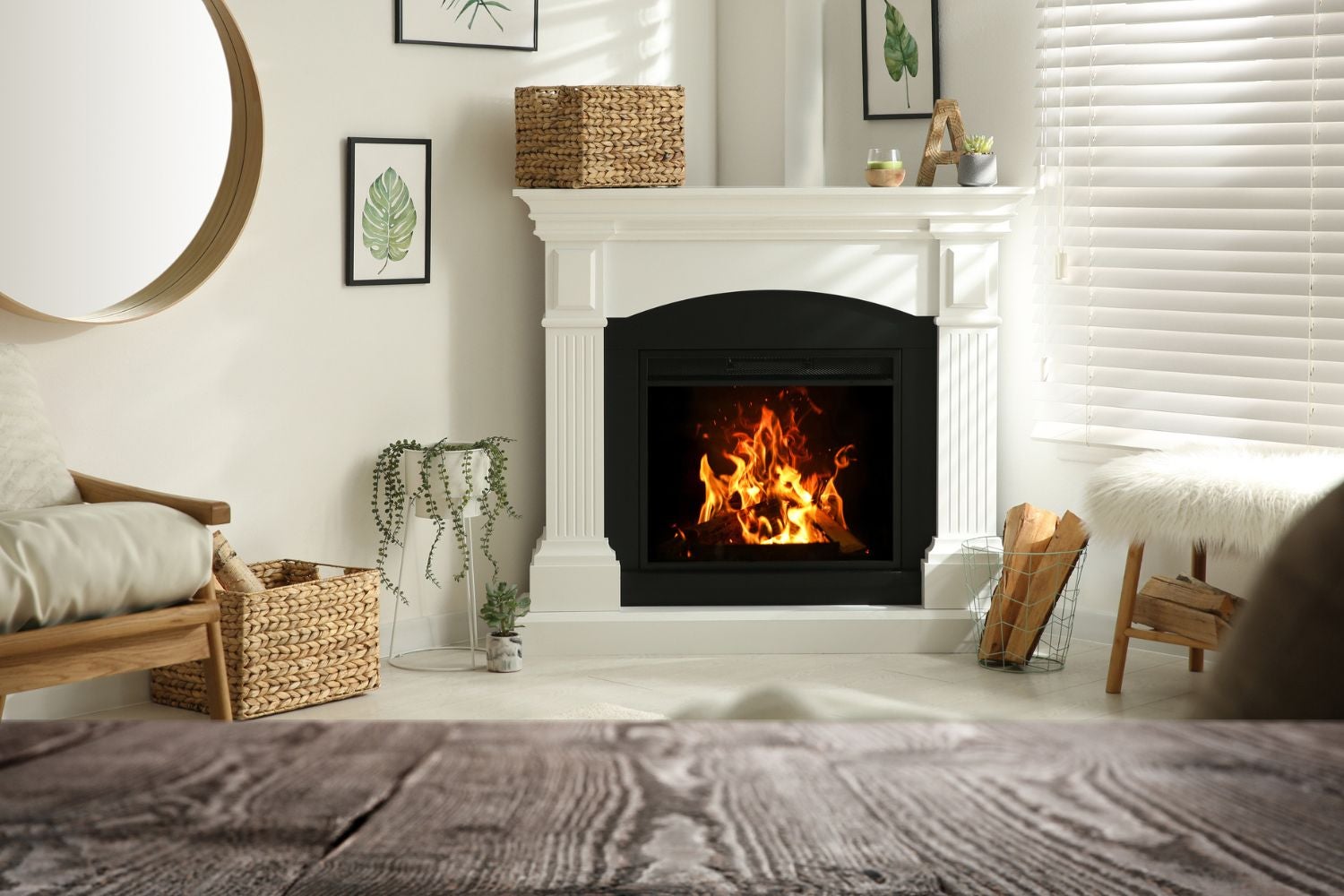

0 thoughts on “How Much Does It Cost To Remove Raccoons From The Attic”